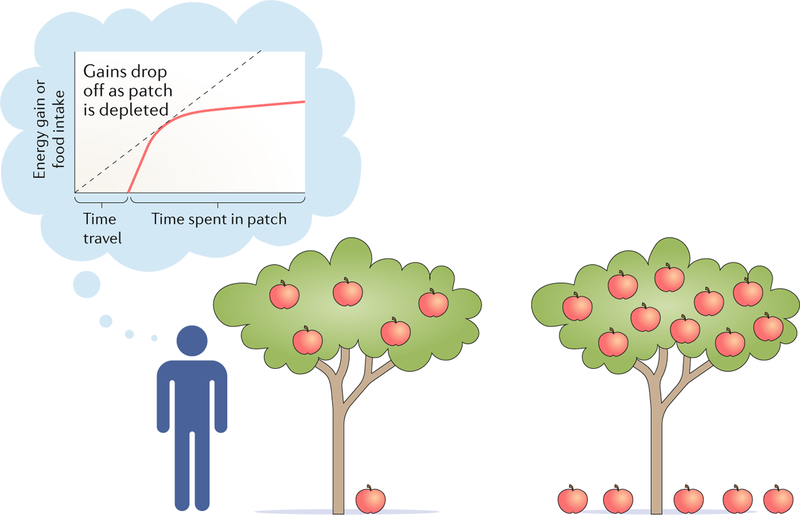Fig. 1 |. Example of classic apple-picking task.
Subjects forage in an unlimited orchard and have to decide whether to continue picking from their current tree or to switch to another one to maximize their harvest16. Switching is associated with a time penalty; however, if the subject decides to stay and pick apples from the tree, the rate of return will decrease. Thus, at some point, the subject should switch to a new tree. To maximize the long-term harvest rate of apples, the subject repeatedly decides between choosing to stay at a tree and switching to a new one.

